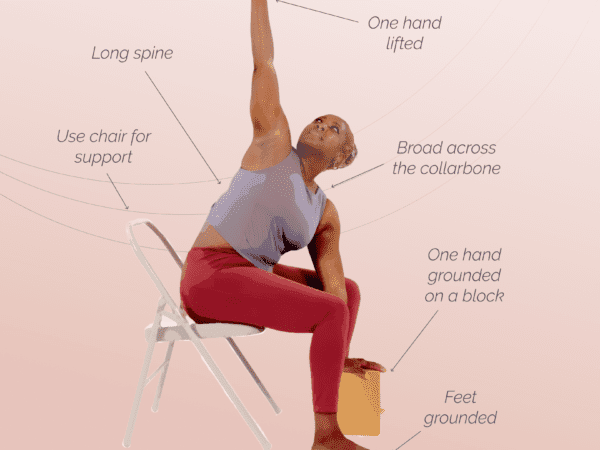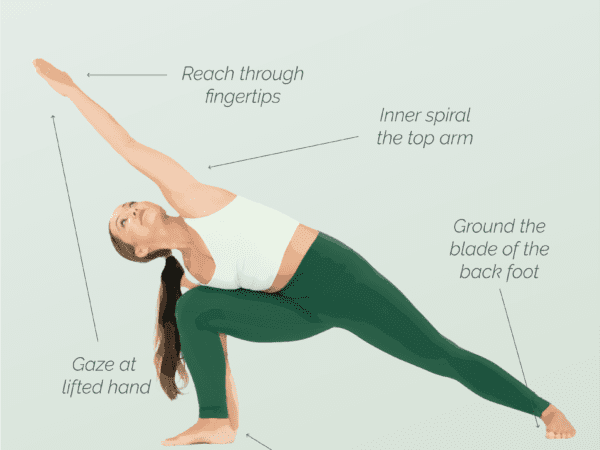Are you looking to improve your core strength while enhancing your balance and flexibility? Modified boat pose, a variation of the traditional boat pose or navasana, is an excellent yoga posture that caters to practitioners of all levels. Whether you’re a beginner seeking to build foundational strength or an experienced yogi aiming to refine your practice, this pose offers numerous benefits for your core and legs. In this blog post, we’ll guide you through the steps to master modified boat pose, ensuring you can incorporate it seamlessly into your yoga routine. Let’s set sail on this journey to a stronger, more balanced you!
Benefits of Modified Boat Pose
Modified boat pose offers a range of benefits that make it a valuable addition to any yoga practice:
Strengthens Core Muscles: This pose primarily targets the abdominal muscles, helping to build a strong and stable core.
Improves Balance: By engaging your core and maintaining the pose, you enhance your overall balance and stability.
Enhances Flexibility: Modified boat pose stretches the hamstrings and lower back, contributing to greater flexibility.
Reduces Stress: Like many yoga poses, this posture can help reduce stress and promote relaxation through mindful breathing and focus.
Supports Spinal Health: Strengthening the core muscles helps support the spine, potentially alleviating back pain and improving posture.
Accessible for All Levels: The yoga modifications make this pose accessible to beginners while still offering a challenge for more advanced practitioners.
Boosts Concentration: Holding the pose requires focus and concentration, which can enhance mental clarity and mindfulness.
Incorporating modified boat pose into your routine can lead to a stronger, more balanced body and a calmer, more focused mind.
Contraindications for Modified Boat Pose
While modified boat pose offers numerous benefits, it may not be suitable for everyone. Here are some contraindications to consider:
Lower Back Issues: Individuals with lower back pain or injuries should avoid this pose or practice it with caution, as it can place strain on the lumbar spine.
Hip Problems: Those with hip injuries or conditions such as hip bursitis should be cautious, as the pose involves hip flexion, impacting the hip flexors.
Neck Pain: If you have neck pain or a history of neck injuries, ensure your neck is supported and avoid straining it during the pose.
Pregnancy: Pregnant women should avoid this pose, especially in the later stages of pregnancy, as it involves core engagement and can be uncomfortable.
Hernia: Individuals with a hernia should refrain from practicing this pose, as it can exacerbate the condition.
Recent Surgery: If you have recently undergone abdominal or spinal surgery, consult with your healthcare provider before attempting this pose.
Heart Conditions: Those with heart conditions should practice this pose with caution and consult a healthcare professional if unsure.
Always listen to your body and consult with a healthcare provider or a certified yoga instructor if you have any concerns before practicing modified boat pose.
How to Do Modified Boat Pose
Follow these step-by-step instructions to practice modified boat pose safely and effectively as part of your fitness regimen:
Start in a Seated Position:
Sit on your yoga mat with your legs extended straight in front of you.
Keep your spine straight, your hands resting on the mat beside your hips, and your legs bent slightly at the knees.
Bend Your Knees:
Slowly bend your knees and place your feet flat on the mat, hip-width apart.
Engage Your Core:
Draw your navel in towards your spine to engage your core muscles and focus on tightening your abs.
Sit up tall, lengthening through the crown of your head.
Lift Your Feet:
Lean back slightly, keeping your spine straight and your core engaged.
Lift through the core and point your toes. So your big toes are just touching the mat and you’re using your core to hold your legs up.
Extend Your Arms:
Extend your arms forward, parallel to the floor, with your palms facing each other.
Keep your shoulders relaxed and away from your ears.
Hold the Pose:
Maintain the pose, focusing on your breath and keeping your core engaged.
Hold for 5-10 breaths, or as long as you feel comfortable.
Release the Pose:
To come out of the pose, slowly lower your feet back to the mat.
Sit up straight and take a few deep breaths before moving on to your next pose.
Tips for Practicing Modified Boat Pose
Keep Your Spine Straight: Avoid rounding your back by maintaining a straight spine throughout the pose.
Engage Your Core: Focus on engaging your core muscles to support your lower back and maintain balance.
Breathe Deeply: Take slow, deep breaths to help you stay focused and relaxed.
Use Props if Needed: If you find it challenging to maintain the pose, you can place your hands on the mat behind you for additional support.
By following these steps and tips, you can safely and effectively practice modified boat pose as part of your fitness routine, reaping its many benefits.










